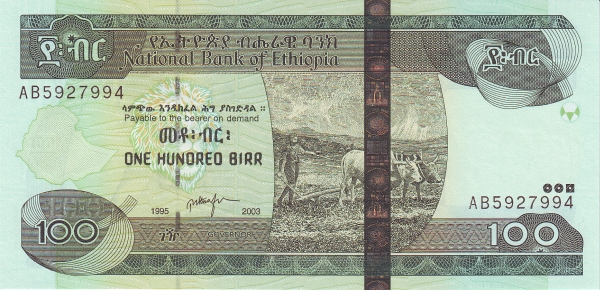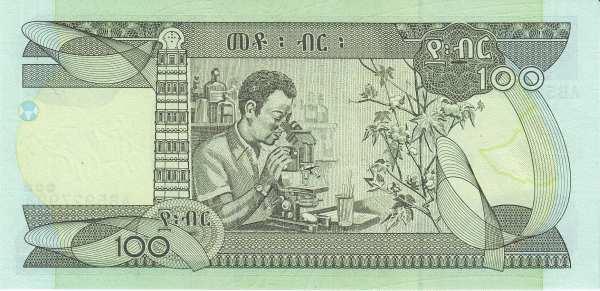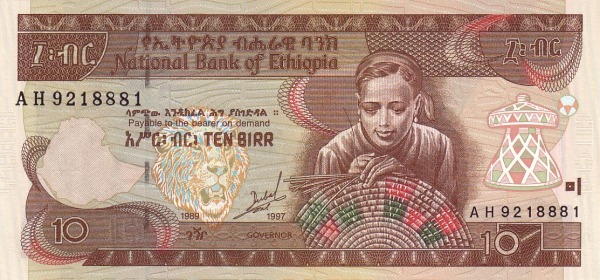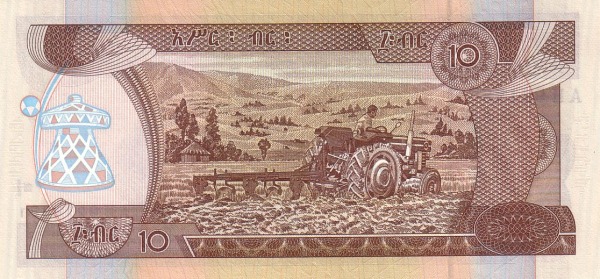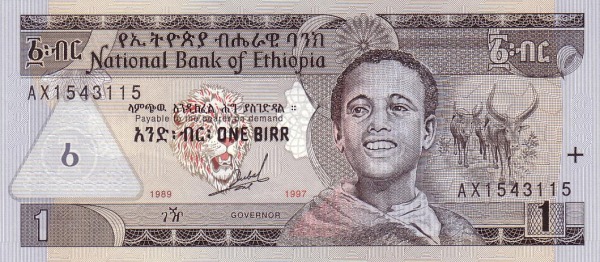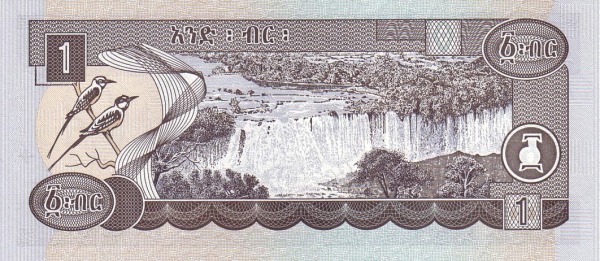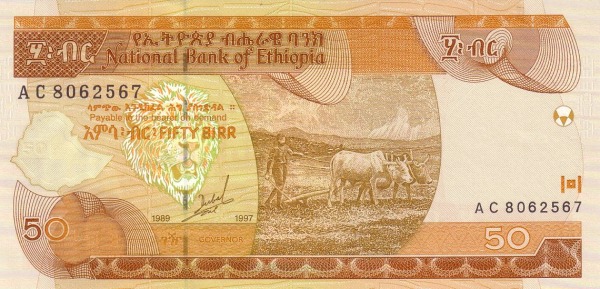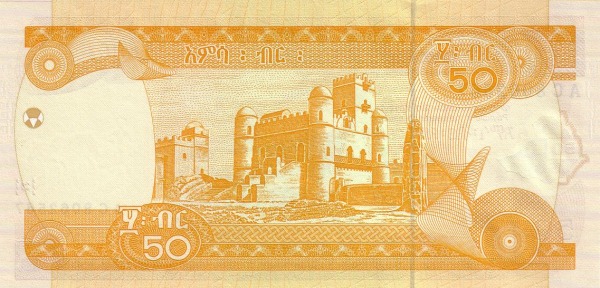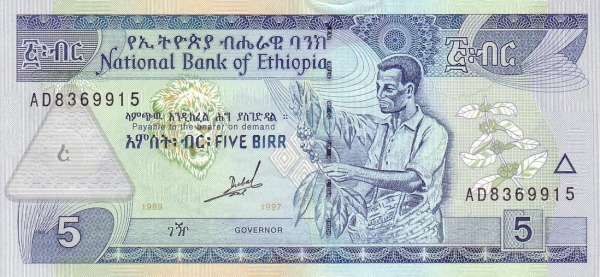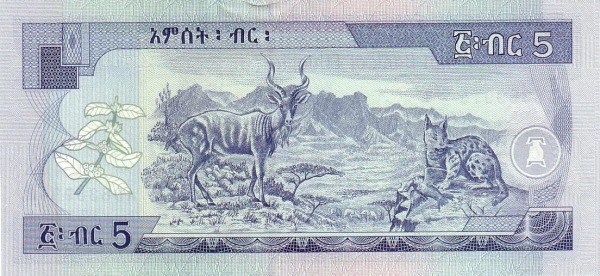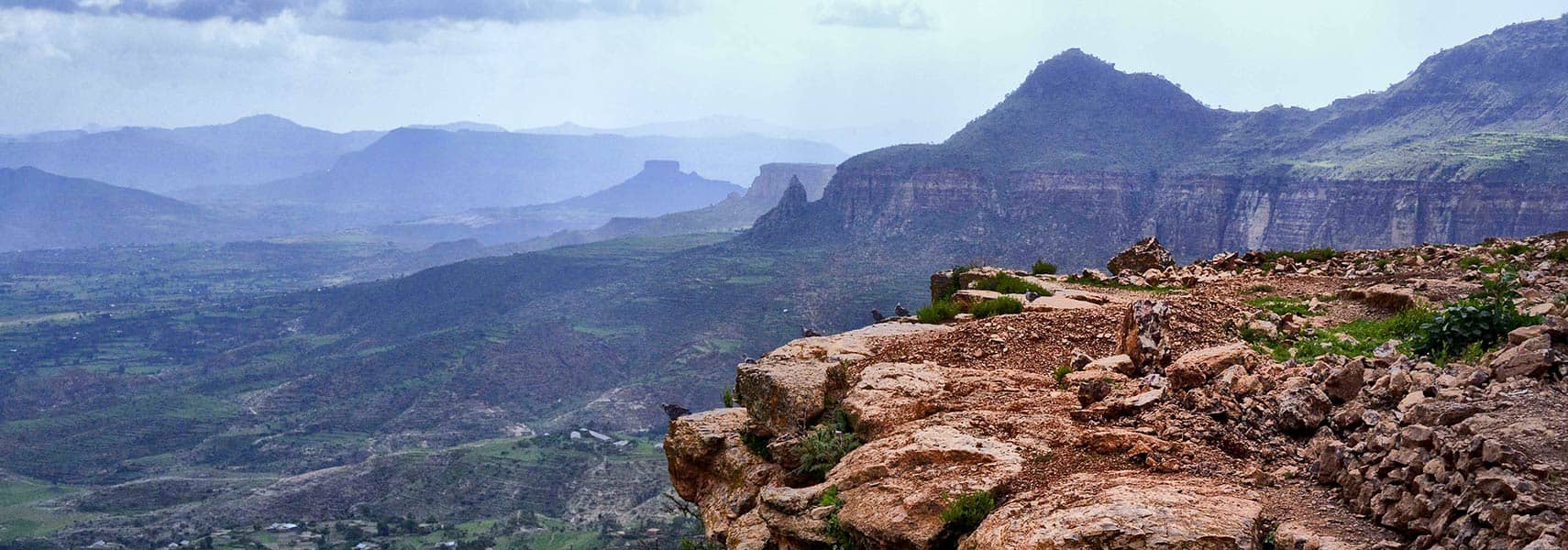Ethiopia: A Glimpse into its Rich Tapestry
Ethiopia, a nation steeped in history and tradition, is located in the Horn of Africa. As the oldest independent country in Africa, it possesses a unique cultural and social landscape. Following Eritrea's independence in 1992, Ethiopia became a landlocked nation, bounded by Djibouti, Eritrea, Kenya, Somalia, South Sudan, Sudan, and Somaliland. This geographic configuration presents both challenges and opportunities for Ethiopia's growth and development.
The Geography and Demographics of Ethiopia
Spanning an impressive area of 1,126,829 km², Ethiopia is nearly twice the size of France or the U.S. state of Texas. This vast land features a diverse topography, which includes mountains, plateaus, and valleys that enhance its natural beauty. Mount Ras Dashen, the tallest peak, reaches a staggering elevation of 4,620 meters, offering breathtaking views that attract tourists and hikers alike.
As of 2024, Ethiopia is home to approximately 129 million people, making it the most populous landlocked country globally. Furthermore, it ranks as the second-largest nation by population in Africa, trailing only Nigeria. The diversity within Ethiopia is remarkable, as it hosts more than 80 ethnic groups and an equal number of languages. This cultural mosaic largely contributes to the vibrant society that thrives in the country.
A Rich Historical Landscape
The legacy of Ethiopia stretches back at least 2,000 years. Many historians regard it as one of the earliest cradles of civilization. This rich history is evident in the ancient sites scattered across the nation. Notably, Lalibela is renowned for its rock-hewn churches, which date back to the 12th century and are recognized as a UNESCO World Heritage site. Other historic landmarks, like Aksum and Gondar, reflect Ethiopia's grandeur and prowess throughout the ages.
Moreover, Ethiopia's resilience is noteworthy. Unlike many other African nations, it maintained its sovereignty, except for a brief Italian occupation from 1936 to 1941. The country successfully resisted colonization, creating a distinctive national identity. The interplay of various cultures, beliefs, and histories creates a unique atmosphere that captivates visitors and fosters national pride.
The Political Journey of Ethiopia
Ethiopia's political landscape has undergone significant transformations over the years. Following the overthrow of Emperor Haile Selassie in 1974 by the military junta, known as the Derg, the country experienced a shift towards a socialist state. This regime faced numerous challenges, including uprisings, droughts, and refugee crises, which ultimately led to its downfall in 1991 when the Ethiopian People's Revolutionary Democratic Front (EPRDF) gained power.
Restoration and Modern Governance
In 1994, Ethiopia adopted a new constitution that sought to protect the rights of various ethnic groups, ensuring their cultural and political engagement within the nation's framework. The subsequent multiparty elections, held in 1995, marked a notable milestone in Ethiopia’s democratic journey. Nevertheless, ethnic tensions persisted, leading to significant unrest in the years that followed.
In response to the mounting protests and demands for reform, the government declared a state of emergency in October 2016. This measure, albeit controversial, aimed to restore order amidst widespread unrest. However, the government's handling of protests faced criticism for human rights violations, intensifying calls for reform.
Transformation under New Leadership
The appointment of Abiy Ahmed as Prime Minister in April 2018 heralded a new chapter for Ethiopia. Under his leadership, the country embarked on a journey toward significant political and social reforms. Measures aimed at improving human rights and abolishing oppressive policies emerged, fostering optimism among the populace. As a result, many Ethiopians began to engage more actively in political dialogue and community-building efforts.
Abiy Ahmed's government not only focused on internal reforms but also sought to mend international relationships. His peace treaty with Eritrea in December 2000 marked an end to a longstanding conflict that had plagued the region for decades. This groundbreaking agreement revitalized hopes for prosperity and stability in the Horn of Africa.
The Cultural Fabric of Ethiopia
Beyond politics and geography, Ethiopia's cultural richness is truly fascinating. It is the birthplace of coffee, with an intrinsic coffee culture that encompasses traditional coffee ceremonies and a deep-seated appreciation for this beloved beverage. Local markets buzz with activity, showcasing a variety of spices, crafts, and textiles that embody the country’s heritage.
Moreover, the nation's diverse music scene reflects its cultural variety, with traditional rhythms and modern influences coexisting harmoniously. Festivals such as Timkat, celebrating Epiphany, attract multitudes who come together in a show of faith, joy, and community. This vibrant atmosphere underscores the enduring spirit of the Ethiopian people.
The Future of Ethiopia
As Ethiopia stands at the crossroads of opportunity and challenge, its journey continues to evolve. The recent political reforms set the stage for a promising future. However, the road ahead remains fraught with complexity. Ethnic tensions, economic challenges, and social disparities call for continued diligence and compassion.
With active engagement from its citizens and leaders, Ethiopia has the potential to harness its rich cultural landscape, historical legacy, and youthful population to forge a brighter future. As the oldest independent country in Africa, Ethiopia not only preserves its past but also embraces the possibilities of tomorrow, crafting a narrative that reflects resilience, diversity, and hope.
Largest cities of: Ethiopia
| City Name | Population | Year of foundation | |
| Addis Ababa | 5,000,000 | 1886 | |
| Hawassa | 350,000 | 1960 | |
| Gondar | 300,000 | 1636 | |
| Dire Dawa | 300,000 | 1902 | |
| Bahir Dar | 200,000 | 1960 | |
| Jimma | 200,000 | 1894 | |
| Mekelle | 200,000 | 1887 | |
| Shashemene | 120,000 | 1941 |
Ethiopia: Money
